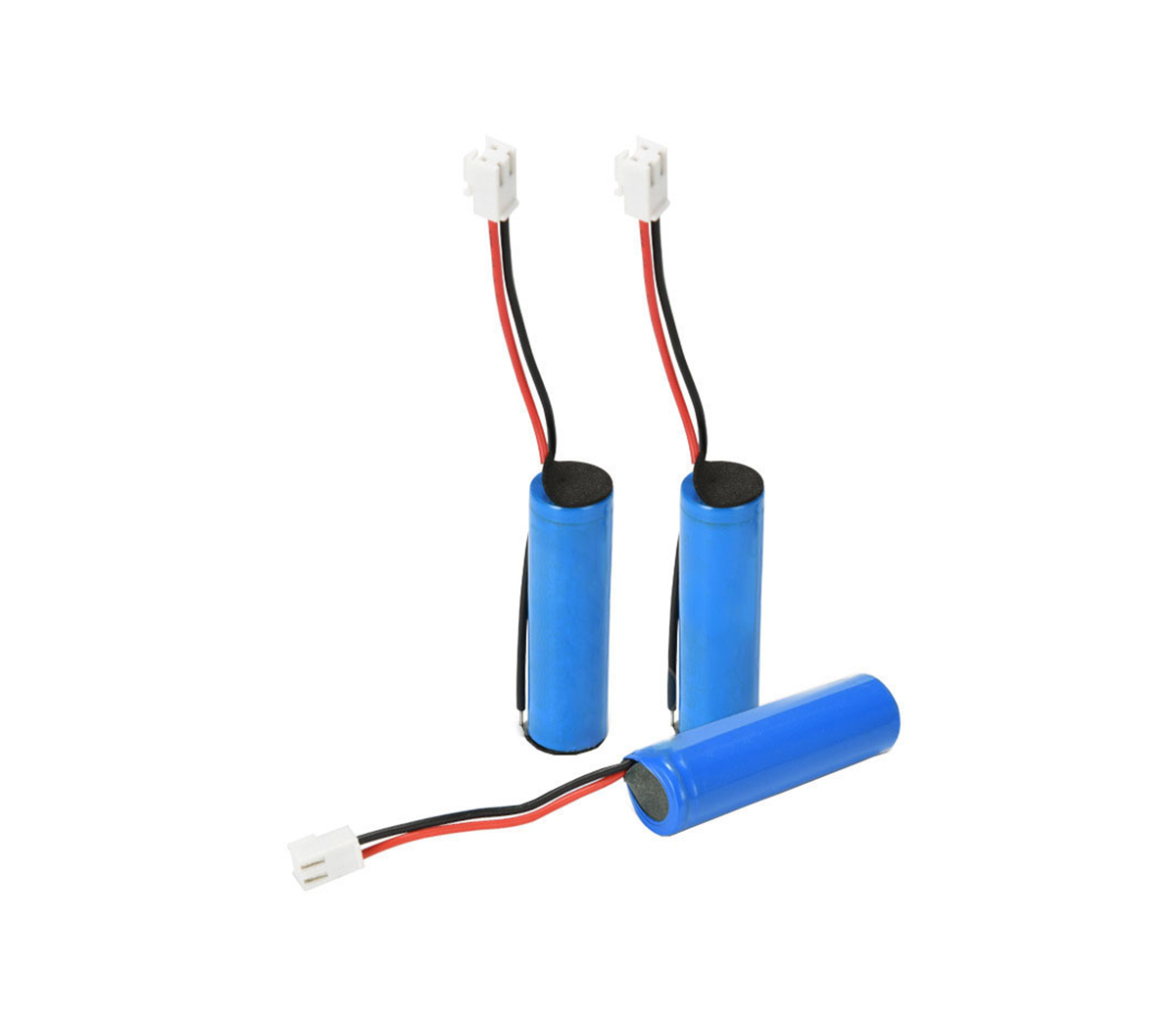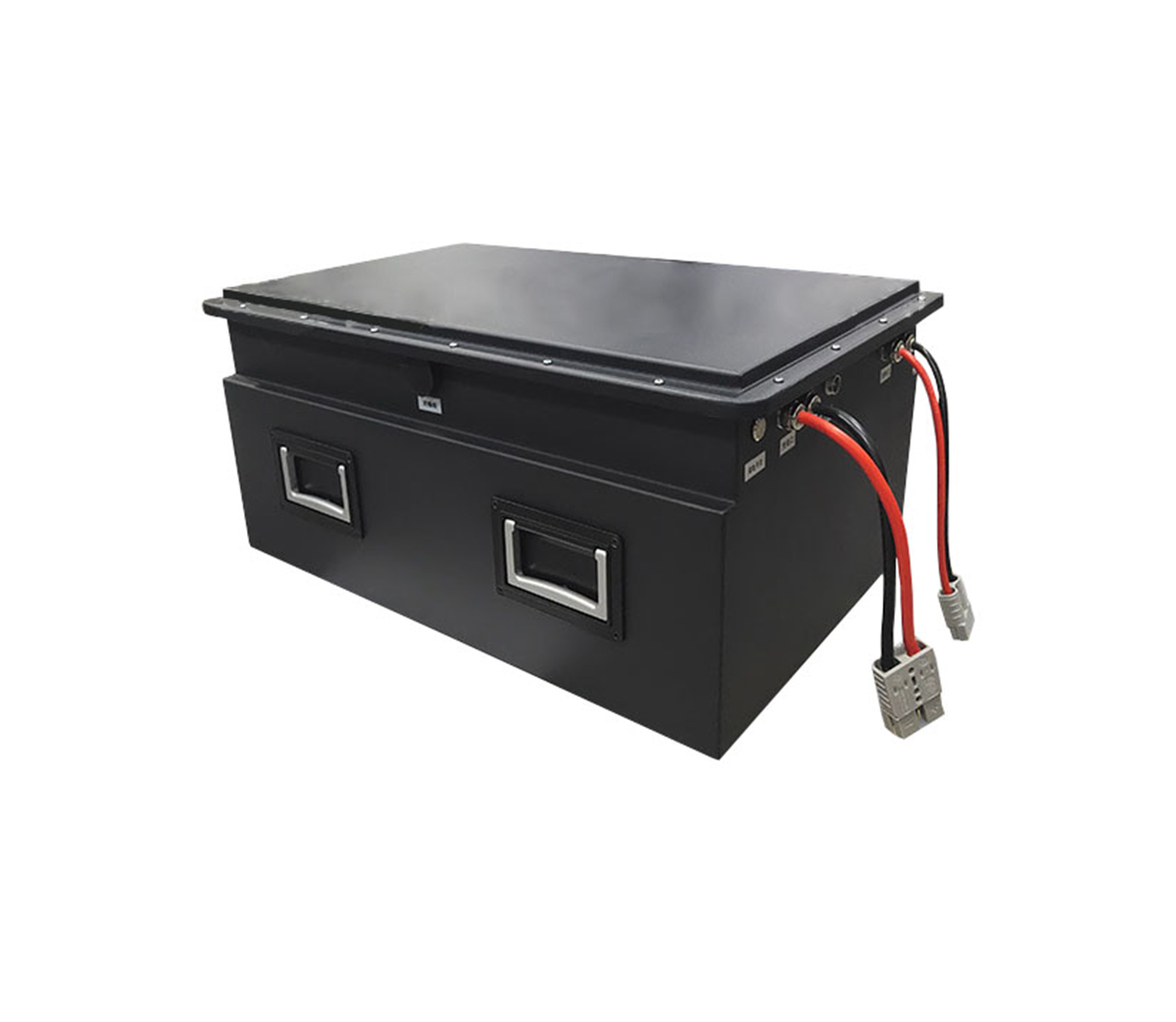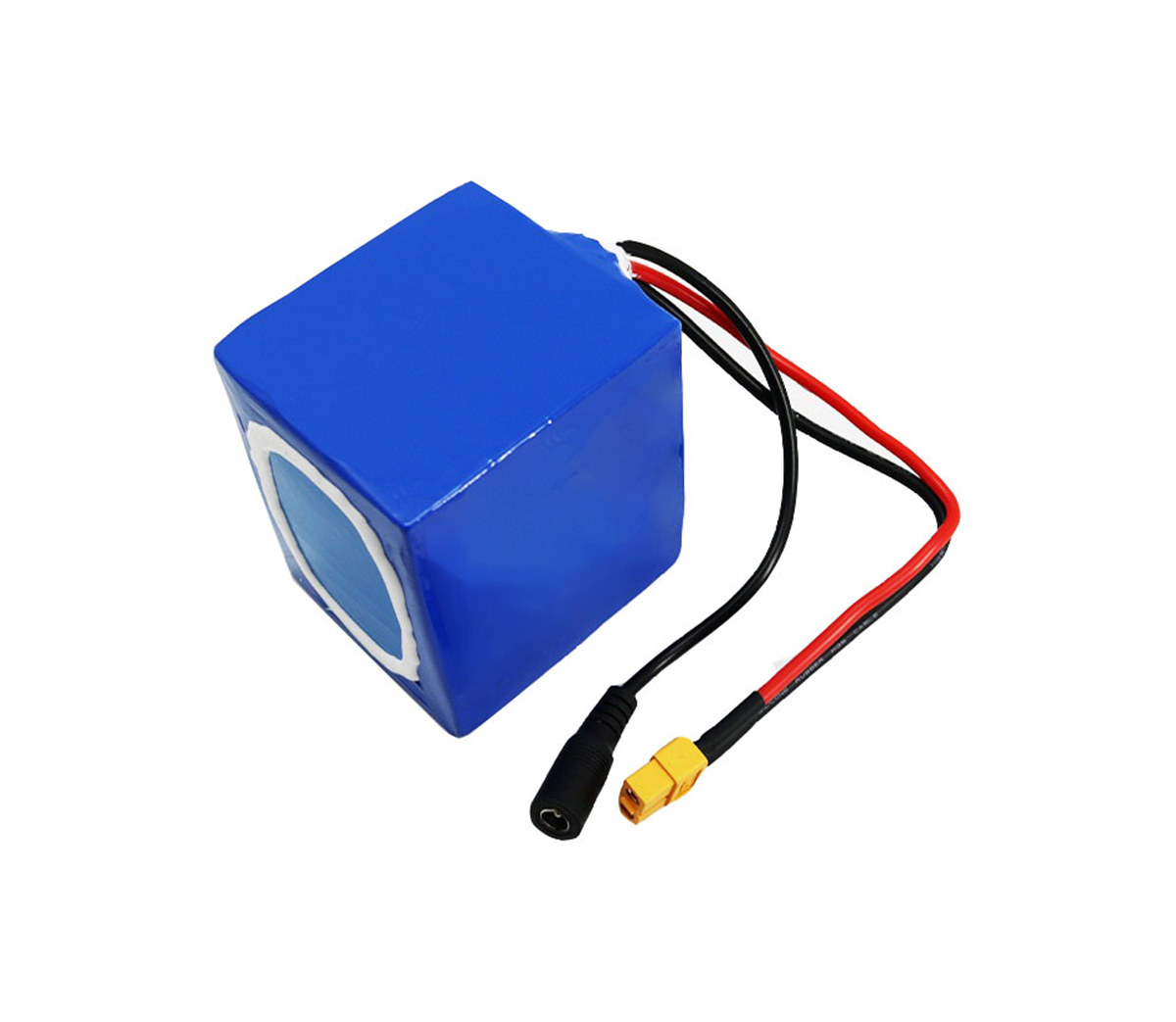The Meaning of Lithium ion Battery Pack
As we know, the voltage of lithium-ion cells is from 1.5V to 4.5V, and the capacity is from 50mah to 200ah, in fact, such voltage and capacity can not meet the needs of many electronic devices, and PACK is needed at this time.

PACK is a very important part of the lithium battery industry, because only through PACK can be finally manufactured to meet the different needs of different customers. Lithium-ion battery PACK is the core link connecting upstream cell production and downstream customers' real applications.
Li-ion battery PACK generally refers to the voltage and capacity of a certain overall composition through the series and parallel connection of single lithium battery cells, and the process is to assemble the cells, PCM or BMS, cables, nickel sheets and other auxiliary materials into finished batteries through different processing methods.
After the lithium-ion cells are packaged, theoretically they can meet the requirements of all electronic devices, such as output voltage, capacity, software communication functions, dimension, etc.
The application of lithium battery pack is very wide, covering cell phones, laptop, photovoltaic energy storage systems, outdoor power supply, portable E-devices, electric vehicles and so on.
Basic Structure of Lithium ion Battery Pack
The basic structure of a Li-ion battery pack can be divided into 5 parts:
- Battery Cell
- Battery Case
- PCM (BMS)
- Input/output interface
- Auxiliary materials (such as wire, nickel sheet, insulating paper, etc.)
The drawing below shows very clearly the excellent design and basic elements of SES Power's Li-ion battery pack.
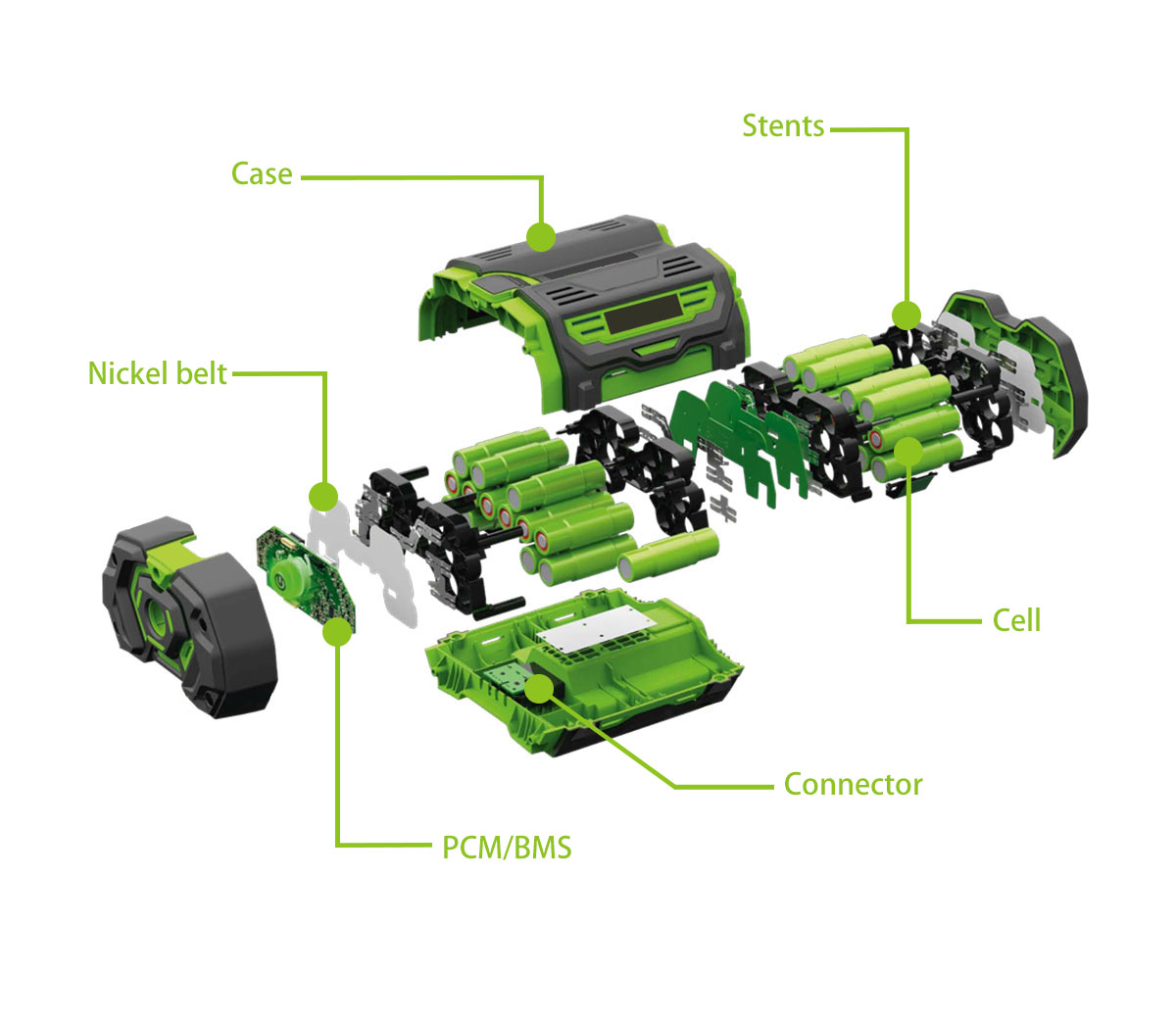
-Battery Cell
The battery cell is the most core and critical component of the lithium-ion battery pack, and we must carefully select the most appropriate cell according to actual needs. For example, if you need high performance and small size, you can use lithium cobalt acid batteries; if you need to consider the cost and long cycle life, you can use lithium iron phosphate cells.
Of course, the cells also have different appearance and size, such as cylindrical lithium-ion cell, pouch cell, prismatic lithium cell and so on, for details, please refer to SES Power's XXXX article.
-PCM/BMS
We usually refer to them as the PCM (Protection circuit module) or otherwise known as the PCB (Protection circuit board), and the BMS (Battery management system). A battery management system (BMS) or Protection Circuit Module (PCM) is one of the most important parts of a lithium battery.
Lithium-ion battery has a certain degree of danger, in order to ensure safety, it is necessary to add PCM or BMS in the lithium battery pack, they can effectively protect the lithium battery pack.
-Input&Output / Connector
Any lithium battery pack needs to be charged and discharged, which is what they are worth, so a lithium battery pack will necessarily have an input connector so it can be charged. And a Li-ion battery pack will also necessarily have an output connector for discharging.
The input connector and output connector can be integrated in to one connector, but the charging and discharging cannot be done at the same time.
There are many kinds of connectors, it’s finally according to your specific needs.
-Battery Cases
Lithium battery packs are generally used with other electronic devices, so it necessarily needs a housing. The role of the battery casing is to protect the lithium battery pack and match the size of electronic devices, so the battery casing must have accurate dimensions, clear requirements, and durable performance. The general housing type in material: PVC, plastic, metal.
-Auxiliary materials
It is easy for many engineers to ignore the auxiliary materials inside a Li-ion battery pack because they are inconspicuous and do not account for much of the cost. However, as a manufacturer with many years of experience in the development and production of Li-ion battery packs, SES Power must clarify: engineers must pay attention to the choice of auxiliary materials!
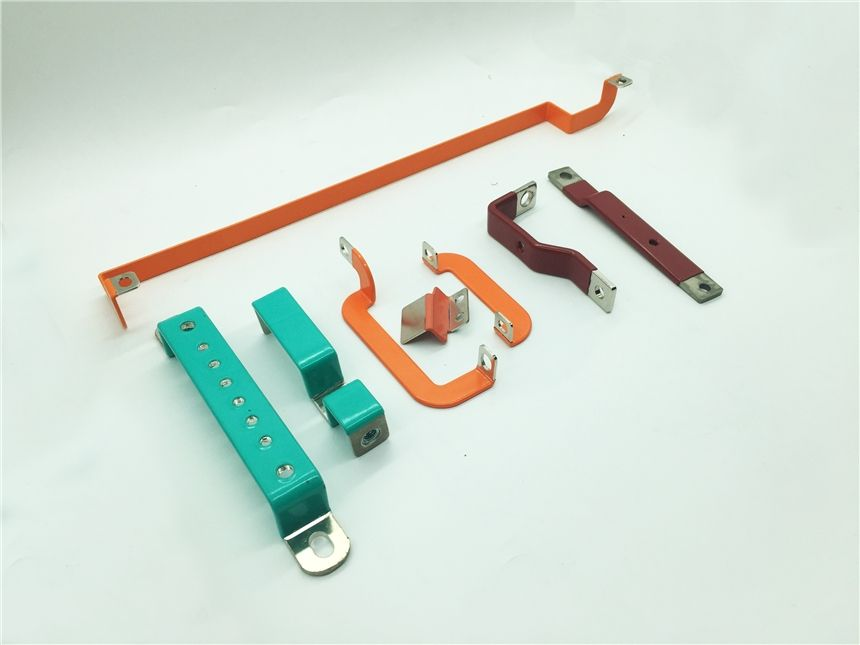
For example, the design of a lithium-ion battery pack requires a high rate output with a current of 200A, then the contact impedance and heat distribution will be important factors affecting the performance and life of the lithium-ion battery pack, for which we must abandon the ordinary welding method and use laser welding instead; in addition, we must abandon the thin single-cell wire and use a larger wire gauge, more heat-resistant multi-cell silicone wire.
The Meaning of Lithium Battery Pack in Series and Parallel
-Battery in series
It is to connect the top of one battery with the bottom of the other. That is, the positive terminal of the first battery is connected to the negative terminal of the second battery, the positive terminal of the second battery is connected to the negative terminal of the third battery, and so on.
The voltage after series connection is equal to the sum of the voltage of each battery, and the capacity is equal to the capacity of a single battery, and damage to one cell in the lithium battery pack will cause the voltage of the entire pack to drop or not be used.

-Battery in parallel
It means that the positive terminals of all batteries are connected together, and so are the negative terminals of all batteries.
The voltage after parallel connection is equal to the voltage of a single battery, and the capacity is equal to the sum of the capacity of all parallel connected batteries.
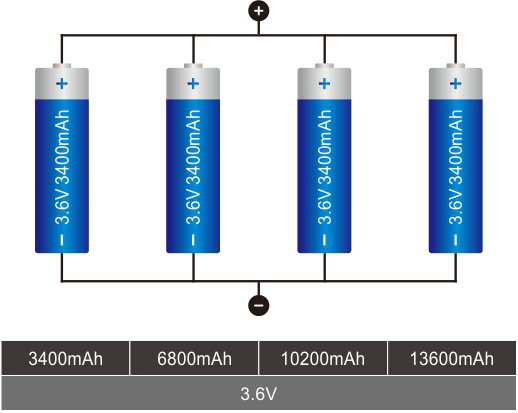
-Series and parallel connection of battery
The two methods of series and parallel connection can be combined to obtain high voltage and high capacity lithium battery packs. So that, we can get battery pack of capacity 12V 100ah, 12V 200ah, 12V 300ah, 24V 50ah, 24V 100ah, 24V100ah, 24V 200ah, 36V 100ah, 48V50 ah , 48V 100 and so on.
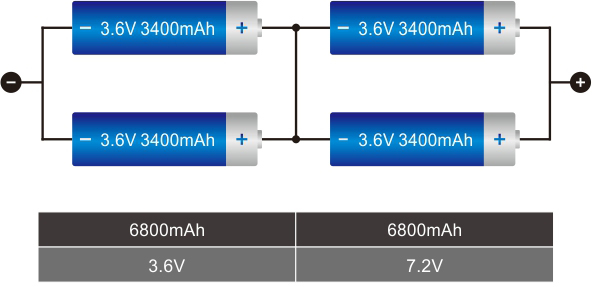
Can lithium batteries of different voltages or capacities be connected in series or parallel?
Due to the difference in performance, lithium batteries should be grouped in series or parallel under the same system (such as ternary lithium batteries or lithium iron phosphate). The same voltage, internal resistance and capacity should be selected when grouping.
Series use of lithium batteries with different voltage platforms and internal resistance will result in one of the lithium batteries being filled to capacity and or discharged to capacity first in each cycle, and the capacity of the entire lithium battery pack will be reduced. Lithium batteries can be damaged by overcharging or discharging, and even bring safety accidents.
If different capacities or old and new lithium batteries are used together, leakage and zero voltage of the lithium battery pack may occur. This is due to the difference in capacity during charging, resulting in some lithium batteries being overcharged while others are not fully charged. When discharging, some lithium batteries with large capacity are not fully discharged, while lithium batteries with small capacity are over-discharged. In this vicious cycle, the cells with insufficient capacity will decay faster or even bring irreversible damage.
Remember! The cells inside the lithium-ion battery pack must be of the same type, the same specification and the same benchmark, which is the first key point in designing a lithium-ion battery pack.
What parameters need to be clarified for custom design of Li-ion battery pack?
Li-ion batteries are in the form of a single cell. The voltage and capacity of a single cell are not high, which cannot meet the actual needs of electronic devices. So what parameters do you need to specify for custom design of Li-ion battery packs?
According to SES Power's years of experience in designing and manufacturing Li-ion battery packs, we recommend you to focus on the following aspects.
1. Define the real working environment of the Li-ion battery pack and the expected cycle life of the Li-ion battery pack.
2. Clarify the specific electronic parameters such as continuous current, peak current and operating time of the Li-ion battery pack.
3. Clarify the specific size and weight of the lithium battery pack, these parameters are directly related to how much energy the lithium battery pack can achieve.
4. Need to clarify what kind of input and output ports of the Li-ion battery pack.
5. Need to clarify the lithium-ion battery pack IP protection level, specific installation, fixed way.
6. When the lithium-ion battery pack is suitable for motor, motor service, need to clarify the instantaneous maximum power size, duration of these inductive loads when starting.
7. Clear how to charge and recharge the lithium-ion battery pack in real use, as well as the parameters and ways of charging and discharging.
8. Each country and industry has different certification requirements for lithium battery packs. Lithium-ion battery packs need to comply with local regulations, such as UL, UN38.3, MSDS, RoHS and other certifications.
How to design a great lithium-ion battery pack?
In SES Power's previous article, it was explained about the history of Li-ion batteries, the performance of the cells, the differences in materials, and so on. In fact, all these knowledge must be familiar and deeply understood as a good lithium-ion battery manufacturer or engineer, because they are the cornerstones to design and produce the most suitable lithium-ion battery pack.
How to design a lithium-ion battery pack that is most relevant to customer needs on the base of these cornerstones?
A:-Choosing the right lithium-ion cell for your lithium-ion battery pack
After clarifying your own needs and parameters in all aspects, the most important thing comes, choosing the right lithium-ion battery cell.
1. In the case of cost allows, try to choose the products of manufacturers of well-known brands, after all, the nature of lithium-ion battery cells is a chemical product.
2. It is best to use the same batch, the same specification model of lithium-ion battery cells, because it is about the consistency of the back of the problem.
3. Different types of lithium battery application scenarios are different, for example, lithium cobalt acid battery is suitable for use in small size, high capacity requirements of the product, lithium iron phosphate battery is suitable for loose size requirements, the cycle life, ambient temperature requirements of harsh industrial fields. This needs to be seriously discussed with excellent suppliers.
4. The same type and size of lithium cells will be divided into ordinary energy type, high rate type, low temperature type, high temperature type, etc. Never use ordinary energy type lithium batteries under the high rate requirements of driven motors, even if the voltage and capacity of the lithium battery pack meet the requirements, because the capacity type lithium battery pack in the high rate use environment is simply impossible to discharge intact, the battery is also very easy to damage.
5. Cylindrical lithium-ion batteries, lithium polymer batteries, prismatic aluminum-cased lithium batteries, the application scenarios of these three are also different, even if the voltage, capacity, multiplier and other parameters are identical can not be common. Specific reference can be made to SES Power's article XXXXXXX.
The more the number of cells, the more likely to have problems in use, because the consistency is difficult to control. It is recommended to try to pack lithium batteries with large capacity cells
B: Choosing the right PCM and BMS for Li-ion battery pack
The full name of PCM is Protective Circuit Modul, and the full name of BMS is Battery Management System.
PCM and BMS are the watchdog of Li-ion battery pack, they are the most important guards of Li-ion battery pack.
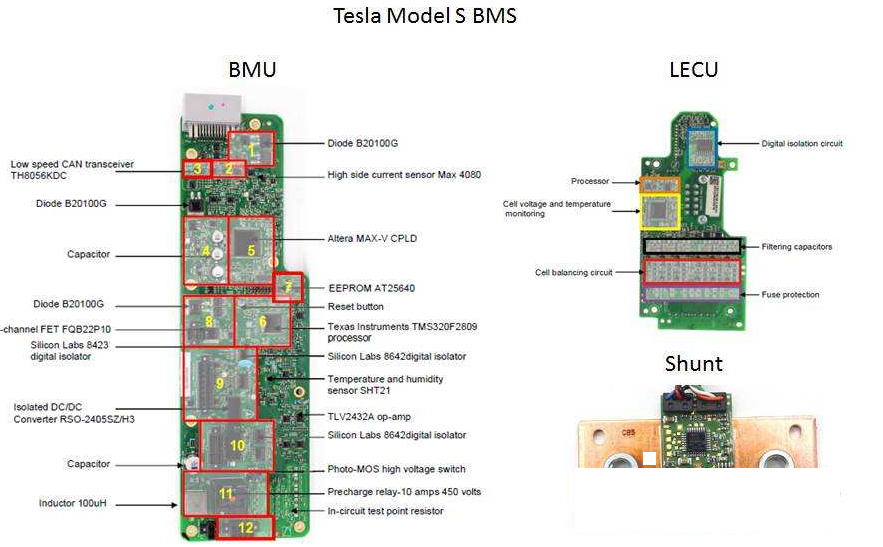
PCM and BMS systems have basic protection: overcharge protection, overdischarge protection, overcurrent protection and short-circuit protection, and temperature protection can be added according to product requirements.
PCM usually includes protection IC, MOS switch, resistor, capacitor and auxiliary devices FUSE, PTC, NTC, ID, memory, etc.
The protection IC controls the MOS switch on when everything is normal to make the core conductive with the external circuit, and when the core voltage or circuit current exceeds the specified value, it immediately controls the MOS switch off to protect the core.
PCM is a low-cost basic protection, and BMS is a high intelligent management but high maintenance cost.
BMS can do real-time monitoring of battery parameters, battery status estimation, online diagnosis and early warning, charging, discharging and pre-charging control, equalization management and thermal management, etc. Also has a variety of communication functions, communication protocols can be divided into I2C, RS485, RS232, CANBUS, HDQ, SMBUS, etc..
In simple terms, if the lithium-ion battery pack is only used as a simple energy input, PCM is fully capable of handling it. But if the Li-ion battery pack is used as a smart energy source, then BMS is the only choice.
There can be very simple PCM/BMS or very complex PCM/BMS. we suggest the following steps to follow when choosing the right PCM/BMS.
1. What are the requirements of the supporting electronic equipment? The focus is on continuous operating current, maximum operating voltage, minimum operating voltage, peak current, and ambient temperature requirements.
2. What kind of battery cell will be used? Lithium cobalt acid battery? Lithium iron phosphate battery? Lithium carbonate battery?
3. Is it the same port or separate port? The same port means that the input and output are one excuse, and the split port means that the input and output are not the same excuse. In simple terms, the same port is positive, negative two points, split port is generally positive (input), positive (output), negative three points.
4. PCM, BMS has a certain size, it is impossible that a very small piece of PCB can withstand the huge current. You need to know the size of PCM, BMS through the supplier in time.
5. In addition to the basic protection function, whether other protection functions are needed, such as weak switch, reset function, record function, etc.
6. If the BMS is used, a certain communication protocol needs to be used, and the device using this lithium battery is used as the upper computer, so is the specific communication protocol determined? There is no special address bits or content to be modified.
7. Different functions, different manufacturers of PCM, BMS prices vary greatly, it is recommended to do more market research.
C:Choosing the right auxiliary materials for Li-ion battery packs
As described in the previous article, a good engineer will also be very familiar with the auxiliary materials of Li-ion battery pack, and can skillfully choose the best cost-effective auxiliary materials.
The important auxiliary materials of Li-ion battery pack are connection piece (nickel piece or nickel strip, etc.), wire, insulation material, thermal conductivity material, etc.
In the lithium-ion battery pack auxiliary materials, you are recommended to focus on the following points.
1. What is the continuous current and peak current of the whole lithium battery pack. This determines the material and size of the wire, you can not imagine a small thin wire can pass a current of more than 100A. When the current is less than 5A, the UL1007 standard AWG#20 general-purpose wire can be used. When the current reaches 100A, it is recommended to use AWG#6 silicone flexible wire, which is a multi-core wire and can effectively distribute the current.
2. It is recommended to use pure nickel as the connection metal piece, some manufacturers will use nickel-plated steel strip as a substitute, which is not a problem in the case of small currents, but when the current is too large, the excessive impedance will bring serious problems of heat generation.
3. high-end equipment or or high performance requirements of the occasion, it is recommended to use laser welding.
4. The sticker or insulation material inside the lithium-ion battery pack is recommended to use products that meet the UL94 V0 standard.
5. Thermal conductive materials are recommended to use materials with high thermal conductivity and high temperature resistance, because the battery will generate a lot of heat during the discharge process, which will easily accelerate the aging of these materials.
6. The stickers or tapes with stickiness inside the lithium-ion battery pack are recommended to be made of high temperature resistant materials.
D:- Choosing the right case for lithium-ion battery pack?
The case is the last physical line of defense to protect the Li-ion battery pack, and we can choose the case for the Li-ion battery pack according to different occasions. The following are SES Power's suggestions for you.
1. PVC Shrink Wrapping: generally applicable to lithium-ion battery packs with low weight and less strict requirements on size. This is the common choice mode for small Li-ion battery packs.
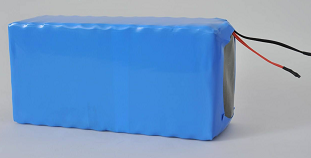
2. Plastic Housing: This is a very common type, suitable for lithium battery combinations with relatively large weight, strict size requirements and joint specifications. But the use of plastic shell, generally need independent mold, which requires extensive design experience and strong financial resources.
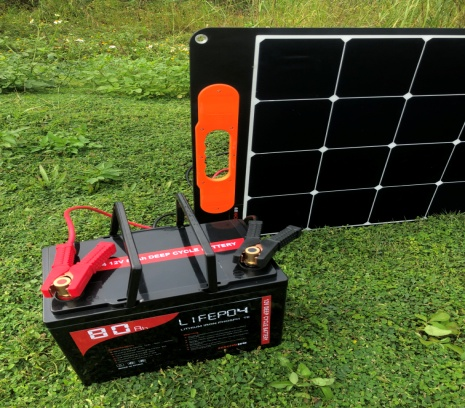
3. Metal Housing: the biggest feature of the metal shell is very, very strong, it can be loaded with very heavy and very large size of the lithium-ion battery pack, the design difficulty is a little easier than the plastic shell. But the disadvantage is that it is relatively bulky and not suitable for moving.
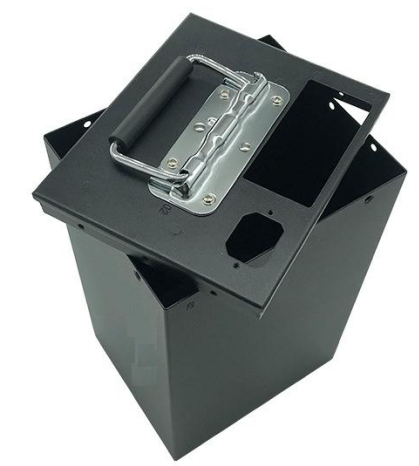
The process of making lithium-ion battery pack is?
In fact, the process of making lithium-ion battery packs is somewhat complex, and usually has the following points.
1.Cell sorting and grouping process
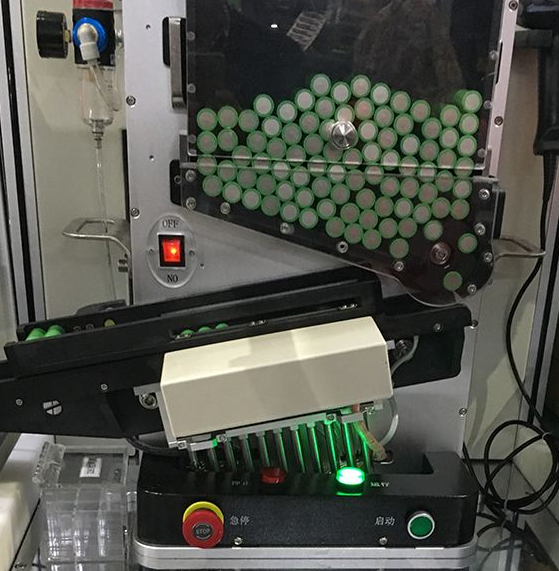
2.Cell welding process into battery pack semi-finished products
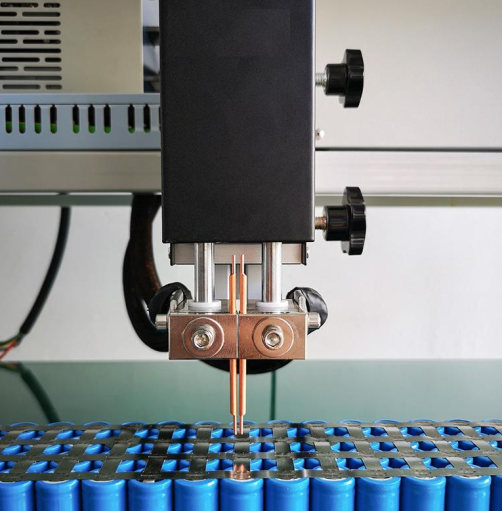
3.Battery pack semi-finished products assembled into the finished battery pack process
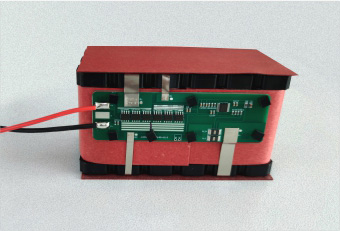
4.The electronic function testing process of the finished battery pack
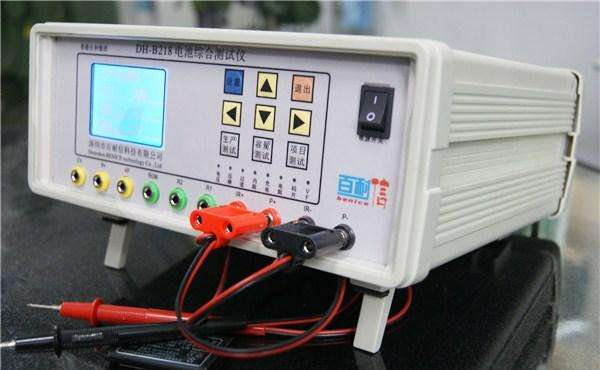
5.Charge and discharge cycle testing process of finished battery pack
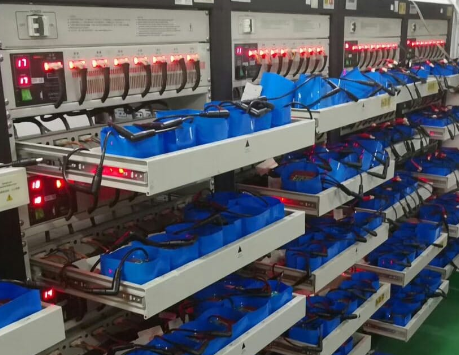
6.Shipment and packaging process of finished battery pack
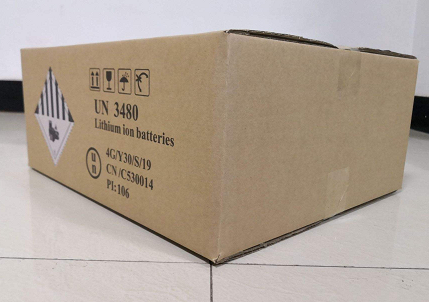
There are some strict requirements inside these Pack processes, as follows,
1.The lithium battery is required to have a high degree of consistency.
2.PACK after the lithium battery pack must meet the design needs of the voltage, capacity requirements.
3.All components, auxiliary materials must meet the requirements of electronic product design, such as can not be connected across different voltage sections, must be solid and can not move, must have multiple protection.
4.All the connectors must be reinforced, the shell depending on the requirements to consider waterproof measures.
5.Welding core usually has two ways, one is ordinary DC spot welding, one is laser welding, it is recommended to try to use reliable quality laser welding.
How do you test a lithium-ion battery pack?
Before a Li-ion battery pack leaves the factory, the manufacturer performs special battery pack tests on it. Note that these tests are very equipment-dependent, and we recommend you to choose a famous manufacturer to cooperate with, such as BYD, CATL, SES Power, etc.
In general, lithium battery pack performance tests mainly include protection function, output voltage, battery pack internal resistance, true capacity, self-discharge rate, cycle life, sealing performance, safety performance, appearance, etc.
1. Li-ion battery pack aging test
The role of aging are to make the initial assembly of lithium-ion battery pack performance can be stable, and by recording the aging test voltage, capacity, temperature and other data, to determine whether the lithium-ion battery pack is qualified. Lithium-ion battery pack cycle life test.
2. Lithium battery internal resistance measurement
The internal resistance of lithium battery refers to the resistance of the current flowing through the internal of the battery when it is working, and is generally divided into AC internal resistance and DC internal resistance. If there is a problem with the connector, PCM, wire, core, etc., the most intuitive response is that the internal resistance exceeds the range.
3. Lithium battery safety test
PCM, BMS has been tested before assembly, but the assembly process may be damaged or some accessories, such as plugs, wires, etc. are not strong, will lead to abnormalities, this time we need to lithium-ion battery pack overcharge and over discharge, high and low temperature and other safety tests.

























